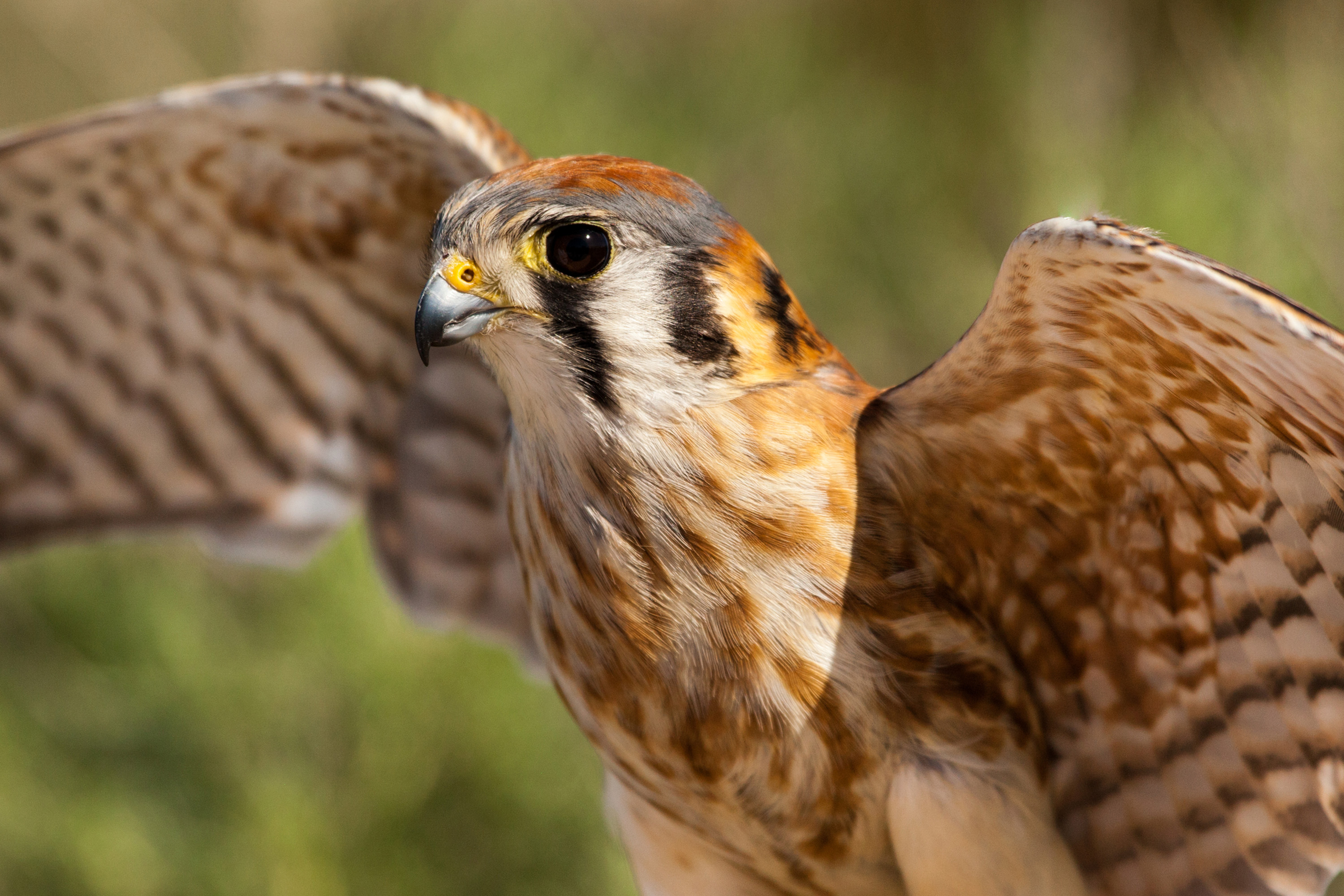Scientists use biobanks to propose new wildlife disease survey technique
Frozen blood plasma method supports transmission dynamics research

To better understand which wild animals carry certain pathogens, Los Alamos researchers screened two wildlife species for pathogens. They used biobanks, which offer a global resource of wildlife blood samples that could help fill a critical data gap.
Why this matters: Wildlife bacteria are studied far less than their human and livestock counterparts, despite playing a critical role in human disease risk. Screening frozen blood samples has the potential to significantly increase our knowledge of which wildlife species harbor pathogens of human importance.
· Early detection and identification of infectious diseases in wildlife populations can help predict potential transmission to livestock and spillover to humans.
· By surveying banked wildlife samples, a shortlist of species for targeted pathogen detection could be created, saving time and resources.
· Tracking changes of bacteria in wild species over time can show how environmental changes impact emerging pathogens.
What they did: For this study, Los Alamos researchers conducted 16S genetic sequencing to detect bacteria present in North American deer mice and American kestrel blood plasma samples. They found several instances of potentially pathogenic genera in the phyla Firmicutes, Proteobacteria and Fusobacteriota.
· The researchers’ ability to detect pathogenic bacteria show that there is potential to use frozen wildlife blood to increase the information available to disease ecologists about complex disease systems.
What’s next: The practice of identifying bacteria in biobank samples could help researchers understand which wildlife species are most likely to transmit diseases to livestock and humans.
Funding: U.S. Department of Energy
LA-UR-25-28707





